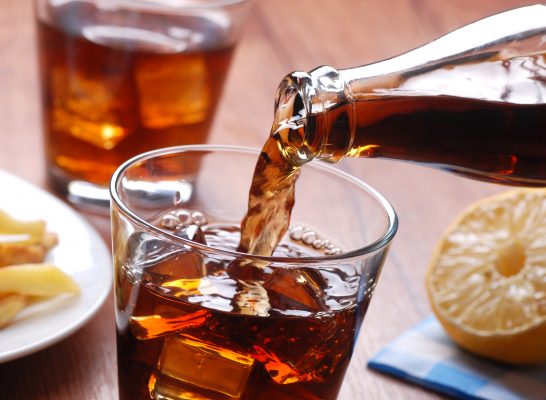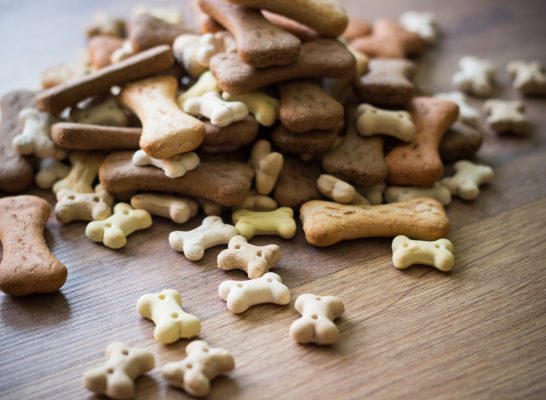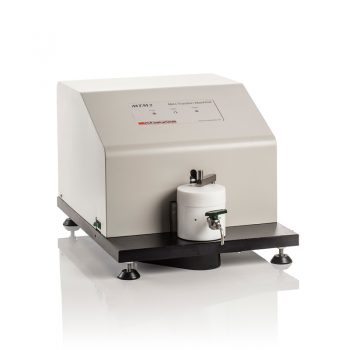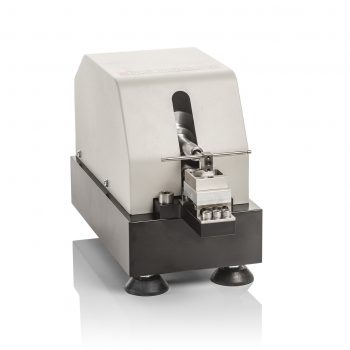Article
The Christmas Condiment Competition!
14 Dec 2023
After we conducted our Christmas drinks test last year, we thought why not try testing Christmas sauces on our MTM! …
Read moreBy quantifying sensory perception, we are aiding the development of healthier, lower cost foods with the same ‘mouth feel’ as market leading products.




‘Creamy’, ‘sugary’ and ‘slimy’ are all adjectives commonly used to describe foods during consumer panel testing. By linking these adjectives to physical, measurable properties of a sample, analysis can be performed to screen numerous new formulations without the expense and ambiguity of panel tests, saving companies both time and money.

A ball-on-disc instrument for measuring the frictional properties of lubricated and unlubricated contacts under a wide range of rolling and sliding conditions.
Learn more

A ball-on-plate reciprocating friction and wear test system, assessing the performance of both fuels and lubricants under boundary conditions.
Learn more